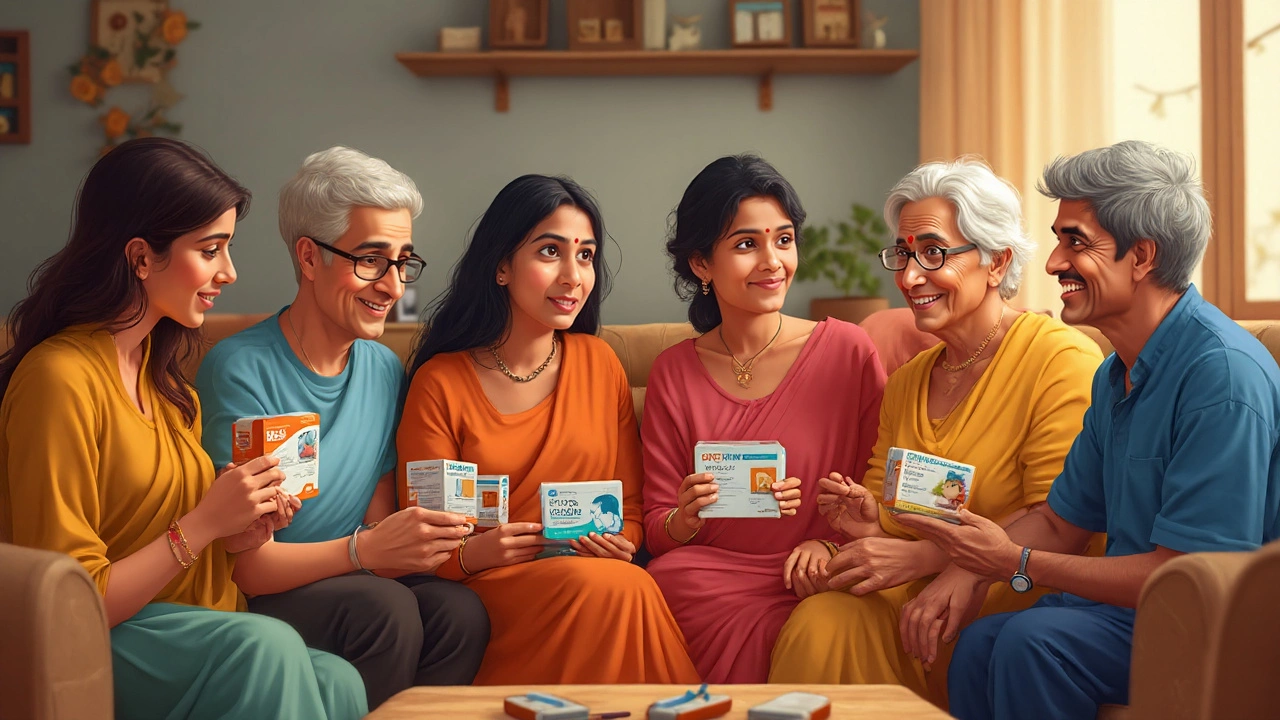SGLT2: What It Is, How It Affects Blood Sugar, and Why It Matters for Diabetes and Weight Loss
When your body processes sugar, a protein called SGLT2, a sodium-glucose co-transporter found in the kidneys that reabsorbs glucose from urine back into the bloodstream. Also known as Sodium-Glucose Linked Transporter 2, it plays a quiet but powerful role in how your body handles sugar — and how drugs are now turning it against itself to fight diabetes and even help with weight loss. Most people never hear about SGLT2 until they’re prescribed a medication that blocks it. But this isn’t just another drug — it’s a shift in how we think about blood sugar control.
Drugs that block SGLT2 — called SGLT2 inhibitors, a class of oral diabetes medications that prevent the kidneys from reabsorbing glucose, causing excess sugar to leave the body through urine — don’t just lower blood sugar. They make your body dump sugar out like a natural detox. That’s why people on these drugs often lose weight without trying. It’s not magic. It’s physics: if your kidneys can’t grab sugar back, it leaves through your pee. And with every gram of sugar flushed out, you’re losing about 3.4 calories. Over time, that adds up. These drugs also reduce blood pressure, ease heart strain, and protect your kidneys — something most diabetes meds don’t do.
What makes SGLT2 inhibitors different is how they work outside the pancreas. While metformin helps your liver and muscles use insulin better, and GLP-1 drugs like Ozempic slow digestion and boost insulin, SGLT2 inhibitors skip the insulin game entirely. They let your kidneys do the heavy lifting. That’s why they’re often paired with other drugs — they fill a gap others can’t. For someone with type 2 diabetes who’s struggling with weight or heart risks, this isn’t just an option. It’s a game-changer.
And it’s not just for diabetics. Studies now show these drugs help people with heart failure, even if they don’t have diabetes. They reduce hospital stays, improve survival, and ease fluid buildup. That’s why doctors are starting to prescribe them for conditions beyond blood sugar. In India, where diabetes is rising fast and heart disease is the top killer, SGLT2 inhibitors are becoming part of the standard toolkit — not a last resort.
But they’re not perfect. Side effects like urinary tract infections, yeast infections, and dehydration can happen. You need to drink more water. You can’t skip meals or over-exercise without watching for low blood sugar. And while they help with weight loss, they’re not a magic pill. They work best when paired with movement, better food choices, and regular checkups.
Below, you’ll find real posts that dig into how these drugs compare to others like Ozempic, what they mean for kidney health, and how they fit into daily life — whether you’re managing diabetes, trying to lose weight, or just trying to understand what’s in your prescription bottle. These aren’t theoretical guides. They’re practical, real-world takes from people living with these conditions and the experts helping them.
-
6
Deep dive into whether there's a better drug for type 2 diabetes than metformin, comparing new options, real patient results, and pros and cons—all in plain English.
